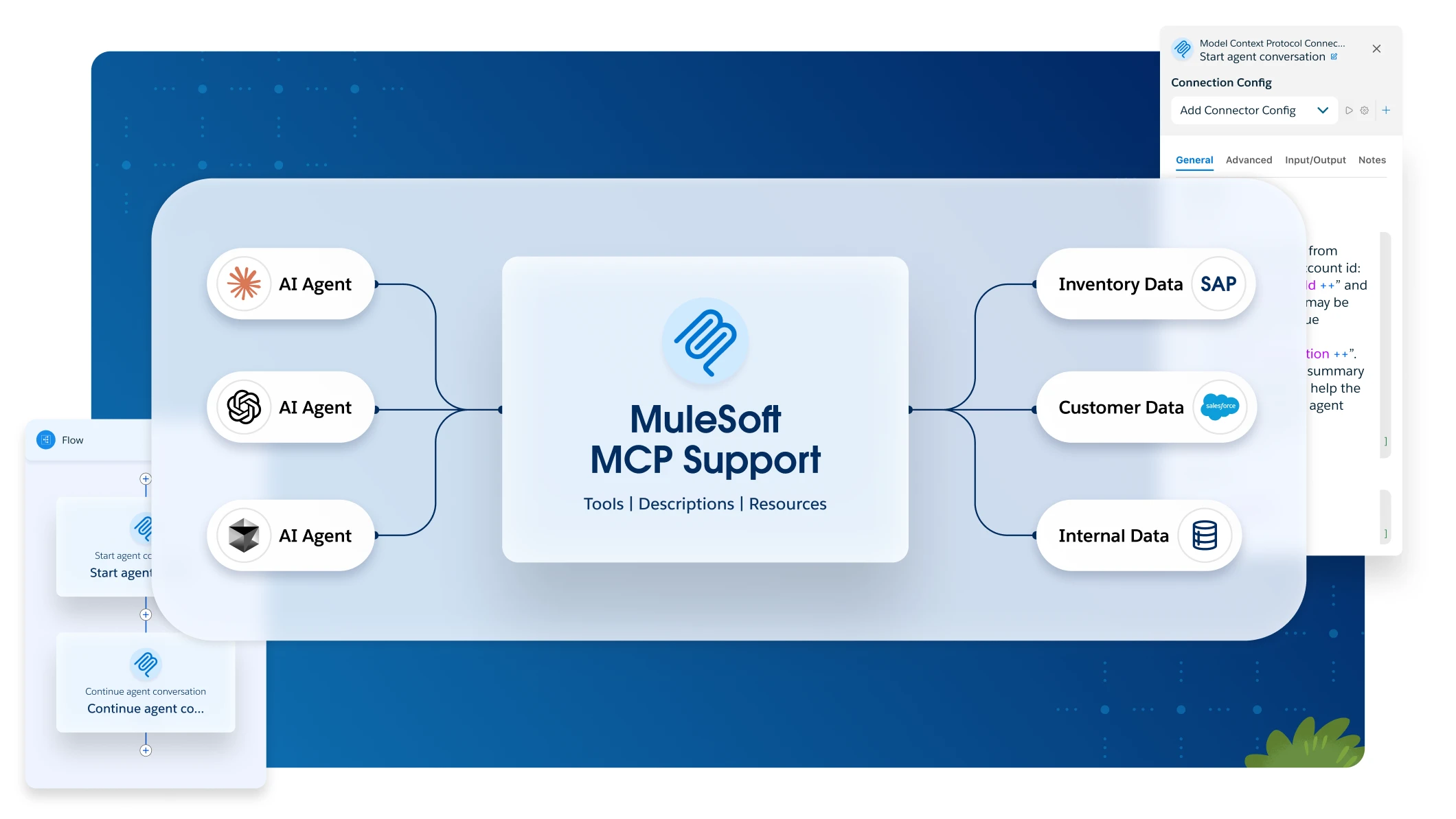What Are Asynchronous APIs?
Learn what asynchronous APIs are, how they work, and why they’re essential for modern, event-driven applications. This guide breaks down key benefits and uses cases to help you understand when and how to use them.
Asynchronous APIs, also known as async APIs, are interfaces that allow requests to be handled separately from their responses. Unlike synchronous APIs, which require the client to pause until the server responds, asynchronous APIs support non-blocking communication, allowing other tasks to run concurrently. Because of this feature, they’ve emerged as a cornerstone of modern API-driven application development, offering a non-blocking communication model that enhances efficiency and scalability.
This article will explore the different components of asynchronous APIs, their benefits, and how they’re transforming industries ranging from IoT to messaging and beyond.
What are asynchronous API calls?
Suppose an asynchronous API is an interface that allows requests to be handled independently of their responses. In that case, an asynchronous API call is a specific instance of that process wherein the client sends a request and continues executing other tasks without waiting for a reply. The response, once ready, is delivered through a callback, webhook, or polling mechanism, enabling more efficient and responsive applications.
This approach makes apps more efficient and responsive, especially in environments where waiting would slow down performance. Asynchronous APIs are particularly effective for managing complex, time-intensive operations like data processing, IoT communications, and real-time messaging, where responsiveness and scalability are key.
Asynchronous vs. synchronous APIs
Different applications call for different types of APIs, depending on factors like speed and complexity. Knowing the differences between asynchronous and synchronous APIs can help you select the right approach for your project. To help you better understand which one best fits your needs, the table below summarizes the key differences:
Sync vs. async APIs features
| Feature | Synchronous API | Asynchronous API |
|---|---|---|
| Communication Model | Blocking. | Non-blocking. |
| Response Times | Useful for request and reply tasks needed in real time. | Useful for long-running or background processes. |
| Efficiency | Less efficient and scalable. | Highly scalable. |
| Complexity | Simpler to implement and maintain. | Higher complexity is helpful for more complex apps. |
Synchronous APIs operate on a “blocking model” in which a client sends a request and waits for the server's response before proceeding to the next task. This makes them a good fit for simple, real-time interactions like fetching user data or submitting a form. Asynchronous APIs, on the other hand, allow the client to continue performing other tasks while waiting for a response from the server, which is ideal for complex or time-consuming operations.
Synchronous APIs are best suited for projects when:
- Immediate responses are essential, such as in payment processing systems.
- Tasks involve straightforward operations with minimal latency.
- Simplicity and predictability outweigh the need for concurrency.
On the other hand, you might choose an asynchronous API when:
- You must handle long-running tasks like file uploads or large-scale data processing.
- Real-time updates or notifications are required, such as in automation, chat, or AI applications.
- Scalability is critical to your system’s performance.
How do async APIs work?
Here's how the asynchronous API typically works: The client initiates a request, which is received by the server. The server then begins processing the request in the background without holding up the client. Instead of returning a response immediately, the server can use mechanisms like callbacks (functions supplied by the client to handle responses), promises (objects that represent a future result), or message queues to manage and process the request asynchronously.
The client retrieves the result once it's available through one of several methods. It might use polling, where it periodically checks the server for updates; a webhook, where the server pushes the response back once the task is complete; or WebSockets, which enable continuous two-way communication for real-time data exchange. This flexible and efficient communication model not only keeps applications responsive, but also unlocks several key benefits for developers and businesses alike.
What are the benefits of asynchronous APIs?
Asynchronous APIs offer several advantages, making them an attractive choice for modern application development.
- Enhanced performance: They optimize resource usage and system throughput by allowing clients to proceed with other tasks while waiting for responses. For instance, AI agents that constantly run through background processes benefit from asynchronous API calls.
- Scalability: They are designed to handle numerous concurrent connections, making them ideal for high-traffic applications. For example, streaming platforms like Netflix use asynchronous APIs to manage millions of data streams efficiently.
- Flexibility: Asynchronous APIs' non-blocking nature enables greater flexibility in application design. Developers can decouple system components, allowing independent development, testing, and deployment cycles. This flexibility is especially beneficial when integrating with AI models, autonomous agents, and agentic systems , as it supports adaptive and dynamic system behaviors. For instance, AI-driven workflows can seamlessly process asynchronous inputs, enabling real-time decision-making and optimized resource allocation.
Examples of asynchronous APIs
To really get a handle on how asynchronous APIs work, it helps to see where they’re used in the real world. Here are a few common examples:
Webhooks
Webhooks are a classic example of asynchronous APIs. They allow servers to send real-time updates to clients without requiring constant polling. For instance, e-commerce platforms use webhooks to notify merchants about new orders or payment confirmations, ensuring timely updates without unnecessary server requests.
IoT Devices
IoT devices, such as smart home systems, use asynchronous APIs to send and receive data. For example, a smart thermostat communicates temperature changes to a central hub while simultaneously processing commands from a user’s smartphone app.
Additionally, asynchronous APIs facilitate real-time AI-based decision-making in smart environments. This capability allows IoT devices powered by AI to analyze incoming data streams , make autonomous decisions, and execute actions without waiting for direct human input, enabling smarter and more responsive ecosystems.
Final thoughts
Asynchronous APIs are indispensable in an interconnected digital landscape. Their ability to handle complex, time-intensive tasks while enabling seamless user experiences makes them a cornerstone of modern application development.
Whether you’re designing IoT solutions, messaging applications, or data-driven platforms, asynchronous APIs offer the tools to meet the demands of today’s dynamic technological environment.
Extend your AI capabilities with MuleSoft.
Start your trial.
Try MuleSoft Anypoint Platform free for 30 days. No credit card, no installations.
Talk to an expert.
Tell us a bit more so the right person can reach out faster.
Stay up to date.
Get the latest news about integration, automation, API management, and AI.




